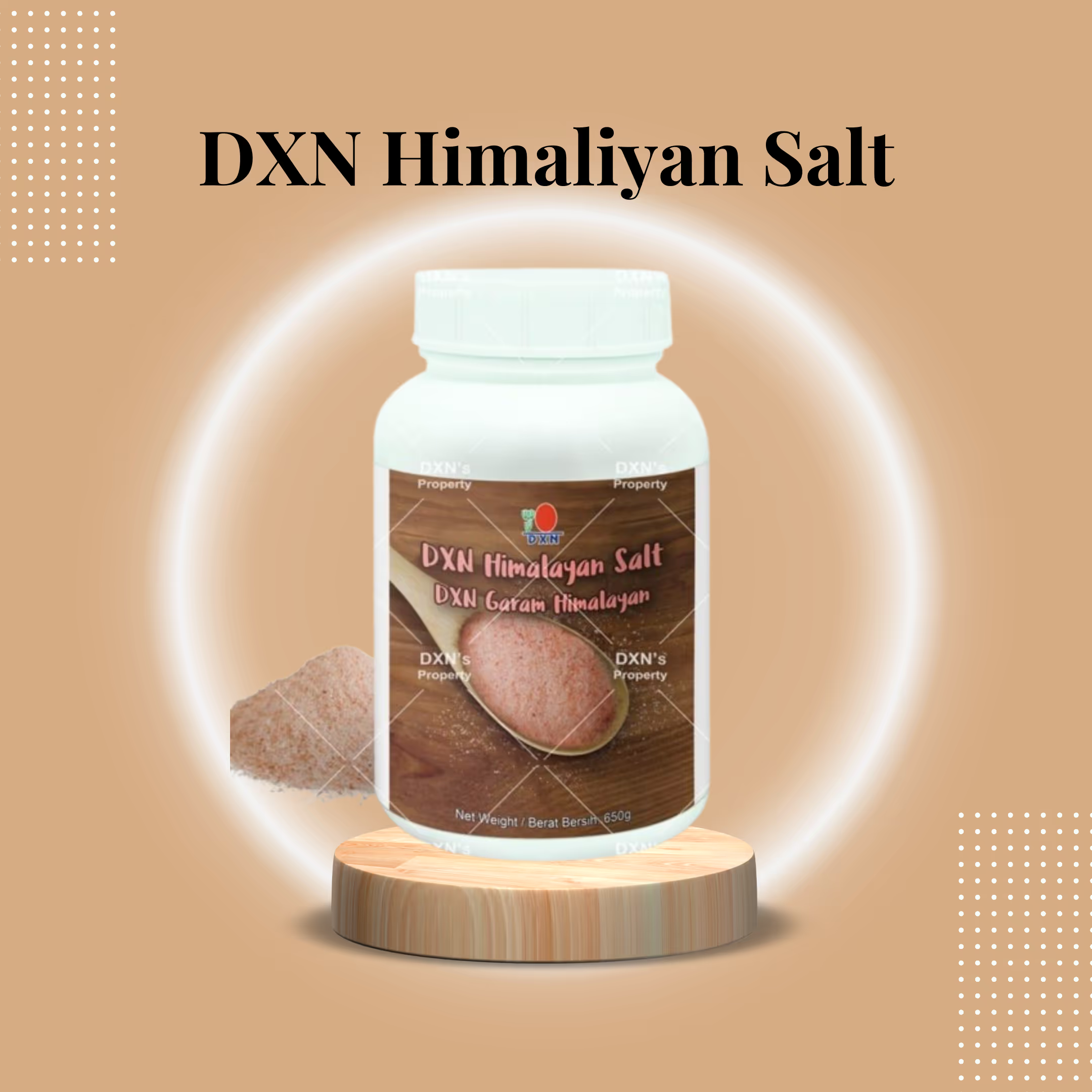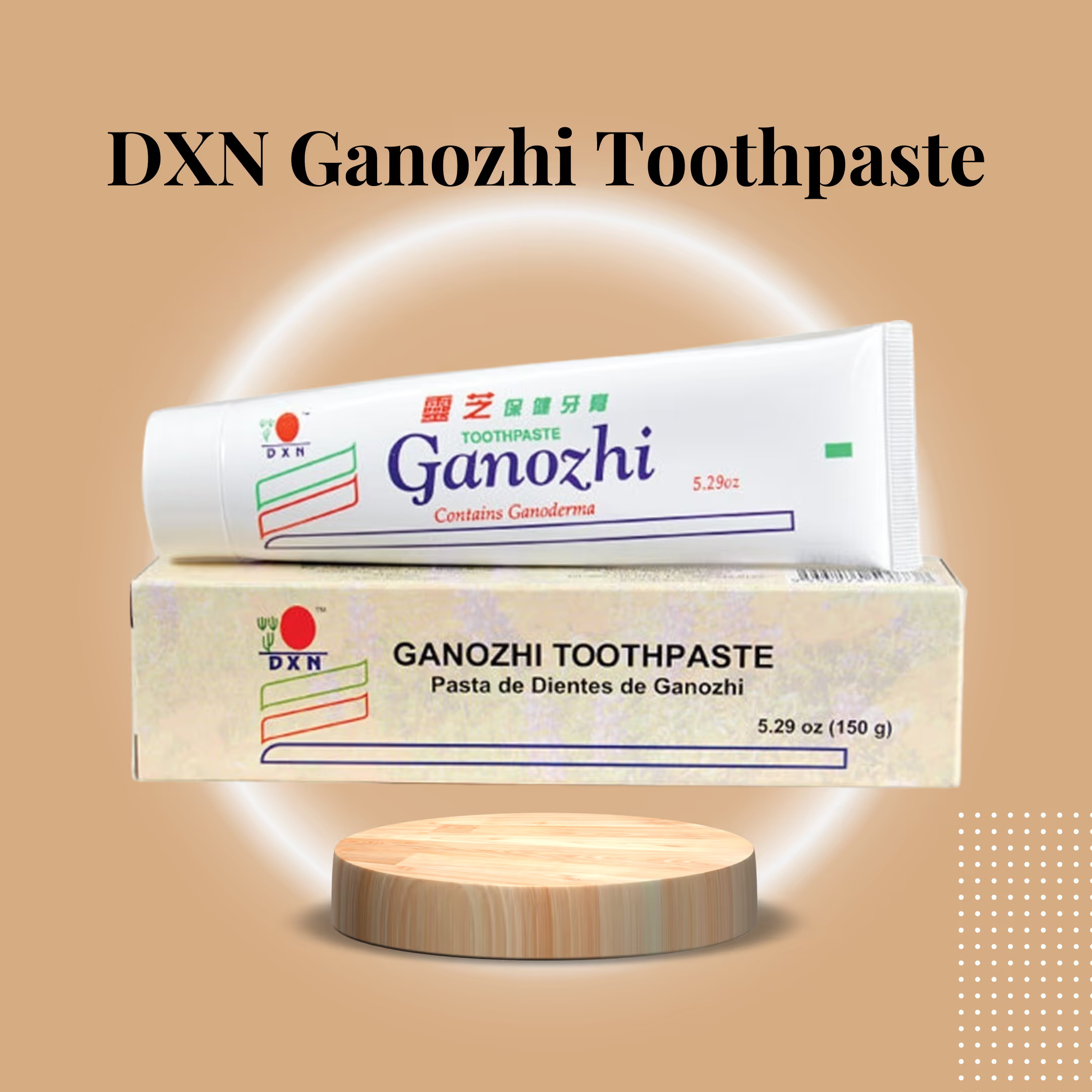1. Where DXN Himalayan Salt comes from — geological background and sourcing
Himalayan salt originates from ancient seabeds that have been preserved within the mountains. Over millennia, minerals settled and became buried deep underground, protected from modern pollutants. Responsible mining and minimal processing preserve its complex mineral matrix shaped by ancient environments.
DXN’s Himalayan salt is claimed to be sourced from these untouched geological seams. The brand positions itself with compelling sourcing advantages:
- Deep deposit isolation — the salt formed millions of years ago and was subsequently encased by rock and pressure, limiting exposure to recent pollutants.
- Unrefined harvesting — that means the salt is not subjected to high-heat bleaches or aggressive chemical processing that removes trace minerals.
- Rigorous quality controls — to ensure the final product is free from modern contaminants often found in sea-harvested or heavily processed salts.
This origin story is not just background—it is the cornerstone of the product’s value, offering a mineral source that boldly reflects primordial purity, free from the environmental burdens of today.
2. What makes Himalayan salt visually and chemically distinct
Himalayan salt’s pink to rose color indicates its rich mineral content. This hue is from iron oxide and other microelements in the crystals. More than color, the real distinction lies in a wide range of trace elements, which together create a mineral fingerprint unlike that of pure table salt.
Reports list trace minerals in Himalayan salt, including iron, magnesium, potassium, calcium, manganese, and copper. Though present at low levels, these elements support electrolyte balance and biological processes.
3. Purity claims and quality assurance — why they matter
Selecting unrefined mineral salt requires trust. Natural sources may provide beneficial minerals or, depending on geology, unwanted metals. So, two quality factors matter most:
- Sea salts can contain microplastics due to ocean pollution. Deep-mined salts are less prone to this, given their geological isolation. DXN emphasizes the importance of careful sourcing and processing to maintain product purity.
- Heavy metal management: Natural deposits can occasionally contain trace amounts of heavy metals (e.g., lead, arsenic), depending on local geology. Responsible processors test for these and ensure. Natural deposits of salt can sometimes contain trace amounts of heavy metals, such as lead and arsenic, depending on the local geology. Responsible processors test for these metals and ensure their concentrations are within safe limits. DXN highlights its manufacturing and testing procedures, aiming to minimize such risks. They offer certificates and certifications for assurance without introducing avoidable hazards.
4. The mineral profile — what’s inside and why it’s useful
DXN Himalayan Salt is described as containing a large number of trace minerals. While sodium chloride remains the dominant component (the functional saltiness), the additional element in Himalayan Salt is described as containing many trace minerals. Sodium chloride is the dominant component and provides the saltiness. However, even the other elements, in small amounts, are relevant to physiology. These electrolytes support hydration and normal neuromuscular function.
- Micronutrients, including iron, copper, manganese, and zinc, although present in minute amounts, play crucial roles in enzyme reactions and metabolic pathways. For example, iron is critical for oxygen transport, while copper and manganese serve enzymatic roles in oxidative metabolism.
- Many enzymes need trace elements as catalysts. Salts supplying diverse trace elements can help maintain base-level enzymatic function.
While mineral-rich salt contributes valuable trace elements, remember that it is not a substitute for a balanced diet or targeted supplements in cases where therapeutic doses are required.
5. Health benefits often associated with Himalayan salt
The primary practical benefits attributed to Himalayan salt include support for electrolyte balance and hydration, enhanced digestion, potential aid in regulating endocrine and sleep rhythms, benefits for the skin and topical use, and culinary advantages such as improved flavor and texture. Each of these categories highlights the unique mineral composition and usage of Himalayan salt compared to standard table salt.
5.1 Electrolyte balance and hydration
Electrolytes guide water movement in cells and control nerve and muscle signals. Salt, which contains sodium, potassium, and magnesium, may help maintain hydration and muscle function, especially for active individuals or those living in hot climates.
5.2 Digestive support
Key benefit: The chloride in Himalayan salt supports the production of stomach acid, aiding digestion and absorption of nutrients. Using mineral-rich salt in applications like sole water takes advantage of this, with some suggesting it helps maintain mineral status and digestive health.
5.3 Endocrine and sleep support
Minerals like magnesium and zinc support sleep and stress response. Magnesium, in particular, promotes muscle relaxation and restful sleep. Trace elements in mineral-rich salts can contribute to these processes.
5.4 Skin, bath, and topical uses
Mineral baths soothe muscles and inflamed skin, aid topical detox routines, and provide gentle exfoliation. Salt scrubs stimulate circulation.
5.5 Culinary advantages
Salt quality matters. Chefs often choose mineral salts for complex taste and visual appeal. Pink crystals can be an attractive finishing touch for dishes.
6. Responsible framing: blood pressure and sodium considerations
Careful analysis is crucial when considering the impact of salts on cardiovascular health. DXN Himalayan Salt contains nearly the same sodium chloride level as common salt. It is not a low-sodium product.
Comparisons show little difference in blood-pressure impact between Himalayan and table salts when sodium intake is equal. The potential benefit of Himalayan salt lies in its balanced mineral content, which can aid in fluid and electrolyte management. Overall, moderating sodium intake is the primary approach for controlling blood pressure.
7. Purported versus proven benefits — where evidence stands
Traditional claims about mineral salts are backed by centuries of cultural practice and anecdotal evidence. However, modern research urges caution: although the roles of trace elements in antioxidants, electrolytes, and enzymes are undisputed, the true health benefit of replacing refined table salt with mineral-rich salt hinges critically on one’s diet, baseline mineral status, and total sodium intake.
- If a diet is mineral-poor, mineral-rich salt can help add micronutrients.
- In a varied diet, using mineral-rich salt provides smaller gains.
- For hydration and athletic recovery, a salt that supplies low levels of potassium and magnesium in addition to sodium may be helpful. However, athlete-specific rehydration formulas, which are calibrated for precise electrolyte ratios, may still be preferable in intense sports contexts.
View mineral salt as one sensible part of a mineral-informed diet—not a cure-all.
8. Practical uses and how to integrate DXN Himalayan Salt into daily life
Here are straightforward, evidence-based, and practice-oriented ways to incorporate Himalayan salt into culinary and wellness contexts.
8.1 Everyday seasoning
Replace table salt for a sensory upgrade. Use fine crystals for cooking and coarse crystals for finishing when texture matters.
8.2 Sole water for targeted mineral top-up
How to prepare: Fill a glass jar about one-quarter full of Himalayan salt crystals. Top with purified water and let sit for 24 hours. The jar is saturated when some crystals remain undissolved on the bottom. To use, mix roughly one teaspoon of the saturated solution into a glass of water and drink — a practice commonly recommended by proponents to be done in the morning on an empty stomach. This practice provides a concentrated mineral dose; however, it should be used judiciously (see safety notes below).
8.3 Bath soaks and scrubs
Add a cup or two of salt to a warm bath to relax muscles and encourage circulation. For scrubs, mix medium-grain salt with a carrier oil (like coconut or olive oil) to exfoliate skin gently and promote a smoother texture.
8.4 Preservation and culinary finishing
Salt has always been a preservative. Use Himalayan salt in brines, dry cures, and pickling where the mineral profile may subtly influence flavor. For finishing, a few flakes sprinkled on a finished dish can add both texture and visual appeal.
9. Integration with broader nutritional products (ecosystem thinking)
Within a holistic product line, mineral salt acts as a foundational element. When combined with other dietary supplements, such as probiotic supports, enzymatic formulations, or protein-rich foods, adequate mineral status helps enzymatic reactions and nutrient transport proceed efficiently. In practical terms, using a mineral-supporting salt in conjunction with a balanced diet and targeted supplements can help the body utilize these interventions more effectively.
10. Safety, dosing, and contraindications
Responsible use is crucial:
- Monitor total sodium intake: Regardless of the type of salt, excessive sodium intake increases cardiovascular risk for many individuals. Use mineral salt as a flavorful replacement, not an invitation to over-salt.
- Medical conditions: People with hypertension, kidney disease, congestive heart failure or those on sodium-restricted diets should consult a healthcare professional before changing salt habits.
- Pregnancy and medication interactions: If you are pregnant, breastfeeding, or taking medications such as diuretics or ACE inhibitors, check with your clinician.
- Sole water caution: Because sole water delivers highly concentrated minerals, start with small amounts and monitor your reaction. It is not a substitute for medical electrolyte therapy when clinically indicated.
11. Environmental and ethical considerations
Responsible producers strive to minimize ecological impact during mining and processing. Look for brands that describe sustainable mining practices, worker safety, and transparent environmental stewardship. While deep-mined salts are less exposed to ocean pollution, mining still requires accountable practices to protect landscapes and communities.
12. How to identify high-quality Himalayan salt on the market
When selecting a product, consider these signals:
- Third-party testing: Certificates that verify the absence of heavy metals.
- Minimal processing: Claims of unrefined, additive-free salt are good; confirm that no anti-caking agents or bleaching agents are used.
- Traceability: Sourcing information that explains where and how the salt is mined.
- Certifications: Kosher, food-safety, or organic handling certifications can add confidence in processing standards.
- Clear labeling: Nutrient breakdowns and usage recommendations help consumers manage intake.
13. Common myths and clarifications
- Myth: Himalayan salt is sodium-free. Not true — it contains substantial sodium chloride and therefore must be consumed with the same mindfulness as other salts.
- Myth: One pinch of a mineral cures deficiencies. The trace minerals in salt are present at low concentrations; they contribute to overall intake but are not therapeutic replacements for supplements in cases of clinical deficiencies.
- Myth: It’s always safer than sea salt. Sea salts can carry microplastics; deep-mined salts can sometimes carry geological heavy metals. The difference depends on sourcing and testing — not the category alone.
14. Combining culinary pleasure with mindful consumption
Appreciating the flavor benefits of a mineral salt while controlling total sodium is entirely possible. Use the salt as a finishing touch — a small number of crystals can yield significant flavor payoff, reducing the need to add more. Combine with acid (such as lemon or vinegar), herbs, and umami components to create satisfying dishes with lower sodium overall.
.avif)





